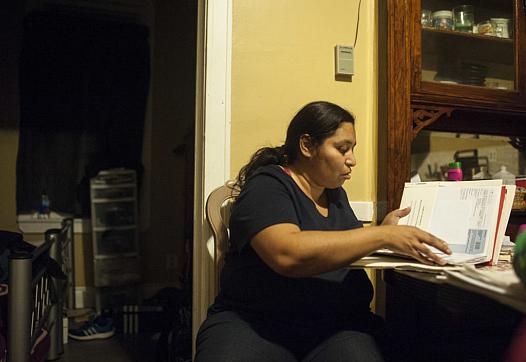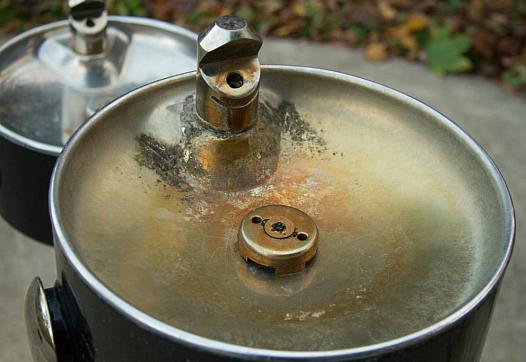
In the wake of reporting from two National Fellows, Philadelphia Mayor Jim Kenney said Monday that the city will begin to enforce a four-year-old law that requires landlords to certify that their properties are lead-safe before renting to families with young kids.






%20(1)040d.jpg?itok=acDyy_8-)

